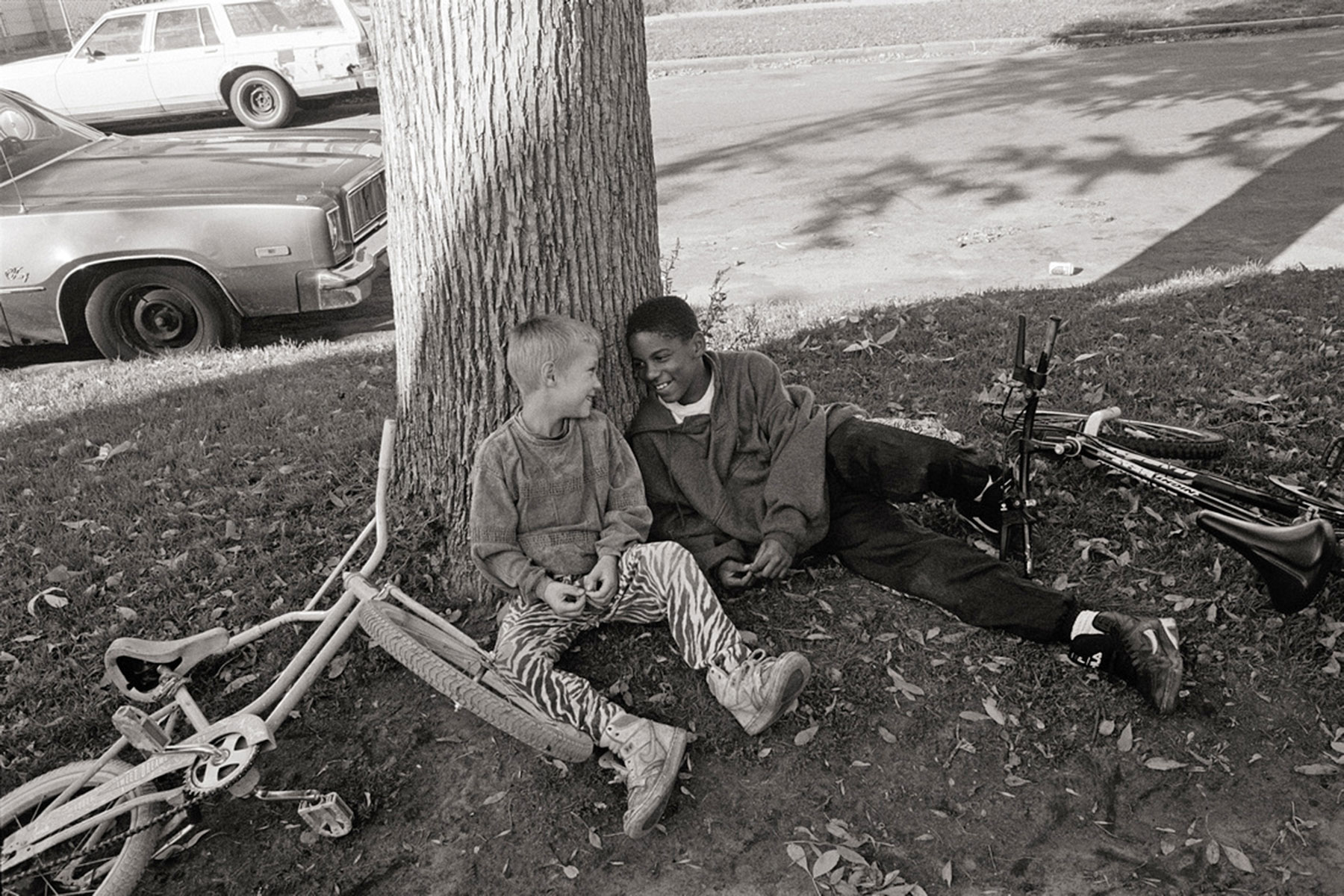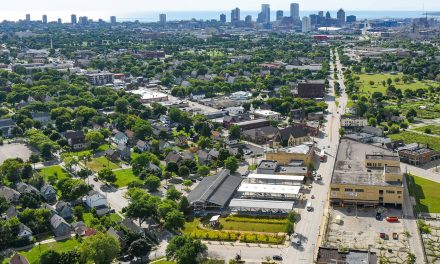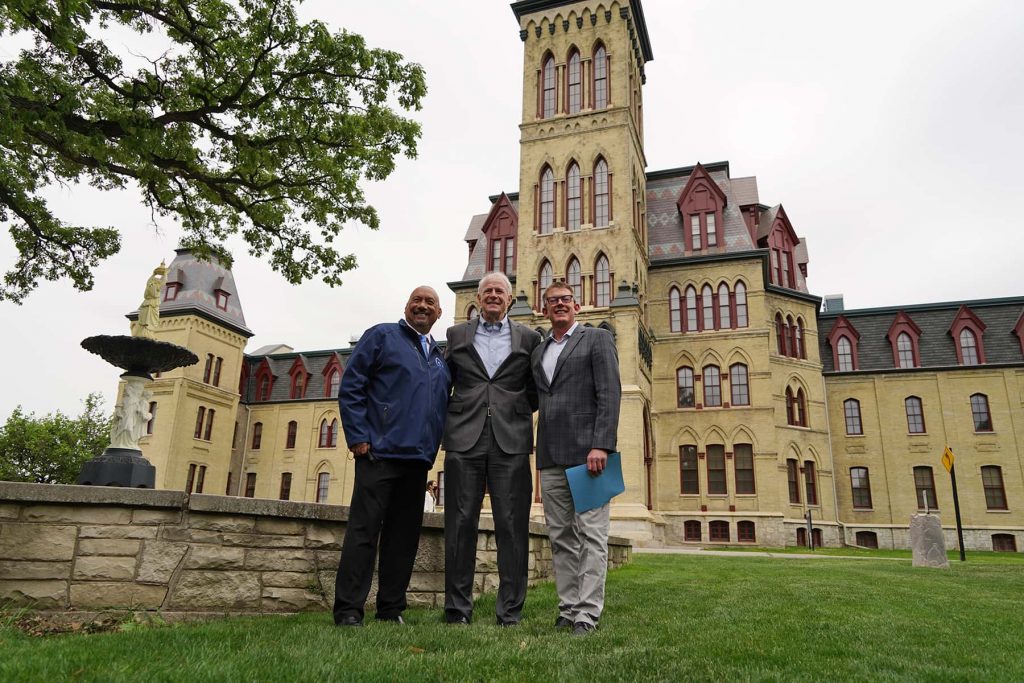
This presentation of “Transplant Eyes” is happening at a time when questions such as “what does it mean to be an American?” are at the center of new governmental policies and heated public discourse.
While it is important to acknowledge this new context, the concept for the exhibition has not changed. Transplant Eyes presents U.S. based artists from around the world who’ve made art about becoming who they are. As the act of becoming is ongoing, both past and present inform their artwork in this show.
In the words of Minoo Moallem: “These crises (of identity) have generated a series of questions concerning group identification and individual selves, globalism and nativism, and center and periphery–questions such as: Who are we? What is our relationship to others? How do we relate to our own selves? What is particular about us? Who has the authority to control us? In the name of what and for whom?”
All artists use their work as a form of communication, a language, and a way of reckoning with the world around them. Transplant Eyes features a group of diaspora artists currently living in the United States who use the expression of identity as a means of engagement. Through a range of mediums and styles, these transnational artists explore what it means to be both an individual and an artist in a cross-cultural space. Their collective work is a contemplation of identity in various forms as it is formed, gained, lost, and reformed. With a sophisticated and multilayered approach, these artists participate in a critical exploration of controversial social issues.
Drawing inspiration from a personal ‘melting pot,’ the artists in this exhibit firmly occupy liminal spaces where notions of here and there, self and other, past and present are in constant flux. They interweave representations of local culture with symbols from their past to create psychologically intricate works of art that have aesthetic agency, yet thematically comment on their social surroundings.
Yet at this moment of dizzying globalization and worldwide turmoil, the experience of culture shock and disorientation from a continual shifting of values is no longer uniquely reserved for immigrants or artists. This now universal struggle to grapple with our expanding identities as global citizens under a new world order is reflected in the constantly evolving work of diaspora artists.
Transplant Eyes foregrounds new perspectives for this unfamiliar landscape in order to break stereotypes or perceptions for all audiences. Bringing together artists from around the world, this exhibit seeks to provoke an intercultural dialogue through a presentation of artistic stories of adaptation forging a new consciousness that responds to the expansion of global culture.
The title, Transplant Eyes, speaks to the newness—fresh eyes, new perspectives, an opportunity to grow as an individual It speaks to the daily resistances like language barriers, and the potential for non-acceptance by the host culture, such as racism and denial of citizenship.
Transplant Eyes @ Walker’s Point Center for the Arts
Gallery hours: Tuesday to Saturday, Noon to 5:00 pm
Opening reception: Friday, June 2, 5:00 to 9:00 pm
© Photo
Wing Young Huie














